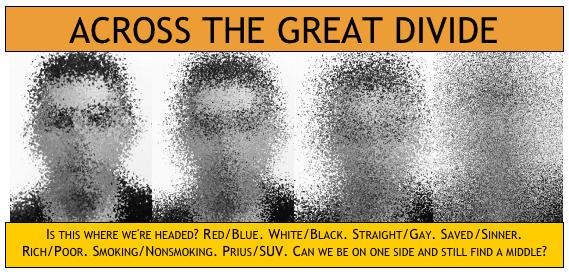Activism or Restraint? Depends.
Why am I not surprised at the answer?
One conclusion our data suggests is that those justices often considered more ''liberal'' — Justices Breyer, Ruth Bader Ginsburg, David Souter and John Paul Stevens — vote least frequently to overturn Congressional statutes, while those often labeled ''conservative'' vote more frequently to do so. At least by this measure (others are possible, of course), the latter group is the most activist.
With Clarence Thomas leading the list of current justices for percentage of the time they voted to strike down Congressional laws...
Thomas: 65.63%
Kennedy: 64.06%
Scalia: 56.25%
Rehnquist: 46.88%
O'Connor: 46.77%
Souter: 42.19%
Stevens: 39.34%
Ginsburg: 39.06%
Breyer: 28.13%
So "judicial restraint," praised by guys like Rick Scarborough and other Judge Alito advocates, means what, exactly? According to the Reader's Companion to American History:
"Judicial restraint" and "judicial activism" refer to the extent to which the Court defers to the constitutional determinations of other branches of government and the extent to which it refuses to impose affirmative obligations upon government. Throughout its history, the Court has claimed to exercise judicial review with restraint, but it has always actively pursued its chosen policies of the moment.
Put it this way. Whenever you hear "principle" in a political discussion, most people are really talking about interest.




0 Comments:
Post a Comment
<< Home